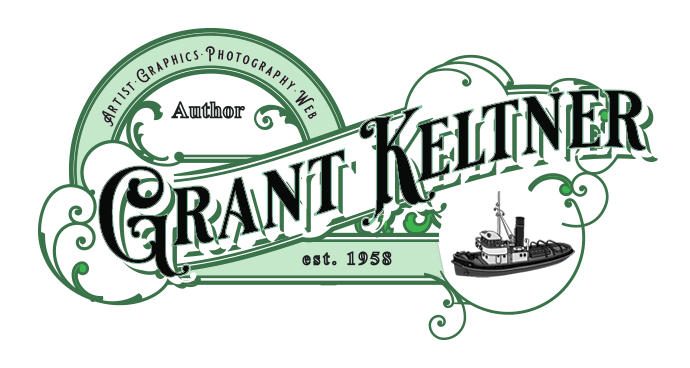 The Forestry Building fire of 1964
The Forestry Building fire of 1964
I’ve met several memorable people and seen many unforgettable things while growing up in Northwest Portland. My mother moved to the area back in 1964. Having just experienced a bitter divorce, she found an apartment at the dead end of Northwest Pettygrove. It was a great place, big enough for both of us, and just blocks from Chapman Grade School and Wallace Park.
We had a great view looking north toward the industrial area. I loved having Forest Park close to our front door. We actually had deer that roamed into the green space surrounding our apartment. I enjoyed the history of the area, the industrial section, and the docks. The historical architecture made it a great place to live. Many artists, poets, writers and politicians came out of the neighborhood.
In 1964 my mother and I had the entire view of the Forestry Building fire. Located about four blocks north of our home the building was a historical landmark. Built for the Lewis and Clark Exposition in 1904, it was built as the largest log cabin in the world. It was huge, an amazing structure.
Built out of Douglas firs, the log cabin was almost a block long and three stories high. The logs were gigantic, some of the oldest old growth in the Northwest. It was a large museum showcasing exhibits with the history of the forest industry in Oregon. The Forestry Building was made of whole logs with the bark still in place. Galleries lined the upper floors. The rustic tree-lined interior of the Forestry Building was 100 feet wide by 200 feet long and 72 feet tall. It was designed by famed architect A.E. Doyle who was responsible for some of Portland’s most treasured buildings including U.S. Bank, the Central Library, Meier & Frank, Lipmann’s and Reed College, and Multnomah Falls Lodge.
The cost to build the Forestry Building was about $30,000. Most of the logs used for the interior came from Simon Benson’s Lumber Camp at Oak Point, Washington. The Douglas firs used in construction were untreated and had to withstand nearly sixty years of exposure to dry rot, fire, and bark beetles. Exhibits inside the Forestry Building highlighted the Timber Industry and Native Americans. There were exhibits showing Oregon’s abundant natural resources and there were taxidermy displays of animals native to the region.
On the night of August 17, 1964 my mother had picked me up after school. We headed up Northwest Pettygrove. As we drove up the street to our apartment, we couldn’t believe our eyes. The Forestry Building was on fire! The flames were almost ten stories high. The fire illuminated the sky for miles, the neighborhood was an orange glow. It was an eleven alarm fire. Fire engines and police cars were flying up and down Northwest Vaughn and 23rd Avenues. You could hear the sirens screaming, warning people of the disaster unfolding. One hundred forty-five firefighters were rushed to the scene. Fire engines were positioned up and down Northwest Vaughn. The windows on the entire south side of the Montgomery Park Building were blown out. The heat was so intense that the windows were popping out. Glass was falling down to the street below. Ashes the sizes of large snowflakes fell to the ground within a mile of the structure. It was surreal, an amazing site.
I can remember running down to the hill behind Chapman Grade School as fast as I could to watch the fire. Hundreds of people gathered in utter amazement to get a glimpse of the spectacle. The fire was so intense you could feel the heat five blocks away. It burned into the night. People were in disbelief.
The next morning, all that was left was smoldering rubble. One of the most historic landmarks in Portland had gone up in flames in a matter of hours. It was one of the largest fires Portland has ever seen.
Through further investigation, it was determined that the cause of the fire was due to faulty wiring. Eventually condominiums were put on the site. A new Forestry Building was built up near the Portland Zoo in the 1970’s.
It was the granddaddy of all fires in this historic area of Portland. To this day, I don’t think I’ll ever see anything like it again.
